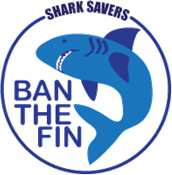Scuba Diving Panama
Coiba National Park
Note: The island was declared a National Park in 1992 and in July 2005, Unesco declared the entire Coiba National Park a "World Heritage Site".
Coiba's underwater topography is linked by the underwater Cordillera mountain chain to Coco's and the Galapagos Islands. Scientists from the Smithsonian Tropical Research Institute have proclaimed it an unparalleled destination for discovering new species. Rachel Collin, a Smithsonian project coordinator said:
"It's hard to imagine, while snorkeling around a tropical island that's so close to the United States, that half the animals you see are unknown to science."
Its unique location protects it from the damaging winds and other effects of El Niño, allowing it to sustain the uninterrupted evolution of new marine species including whale and tiger sharks, sperm whales, sea turtles, angel rays and giant schools of fish. It is also the last refuge for a number of threatened terrestrial animals such as the crested eagle and several sub-species of agouti, possum and howler monkey (including a Coiba Island Howler Monkey).
The waters adjacent to the island are teeming with marine life. It is surrounded by one of the largest coral reefs on the Pacific Coast of the Americas. The Indo-Pacific current through the Gulf of Chiriqui provides a unique dive environment. The warm current brings with it coral and many of the pacific tropical underwater life that you would not expect on the Pacific Coast of the Americas. Also with it come the larger fish/mammals such as humpback whales, sharks, whale sharks, orcas and more.
From Wikipedia, the free encyclopedia






